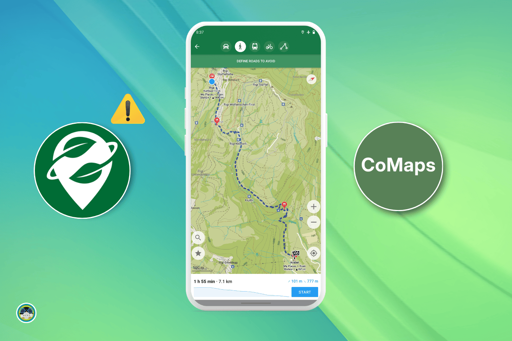Otter
I waddled onto the beach and stole found a computer to use.
🍁⚕️ 💽
Note: I’m moderating a handful of communities in more of a caretaker role. If you want to take one on, send me a message and I’ll share more info :)
- 7 Posts
- 2 Comments
I’m not sure which guides to recommend, but in case it helps narrow down your search, you could share more about your situation:
-
Do you have any existing hardware or are you planning to buy? If so, what is the budget for the equipment and where in the world are you approximately?
-
What did you want to self host? Some services would benefit from a certain type of setup. For example, if you’re serving lots of media, if you need redundancy and uptime, if you’re running AI models or something that needs a GPU
General tips:
- take lots of notes on your process. This will help you iteratively improve your setup. If it all falls apart, it will be easier to quickly get going again since you know what options you picked at each step.
- Make more posts here when you get stuck on something :)
For Linux, a lot of people go with Ubuntu server because there are a lot of existing guides for it. You don’t need much Linux knowledge to start self hosting since you can learn by doing over time. Some concepts to explore before getting started might be cron, the Linux file system, and user permissions.
For Docker, you should be fine if you know the basics. I’d recommend using Docker Compose since it’s easier to understand what’s happening when its written out in a nice yaml file. Install Docker and Docker Compose on the server, and then install something like DockGE to manage the compose files. When you want to run a service, copy the Docker compose file and then swap the port to what port you want to use, and the volume to the location you tend to use.
For a very basic setup, I’d find a video guide for
- installing Ubuntu server on the machine
- basic setup of the Ubuntu server (file permissions, docker, docker compose)
-










There’s also this on Windows
https://github.com/files-community/Files
Although it seemed to freeze up from time to time back when I was on windows